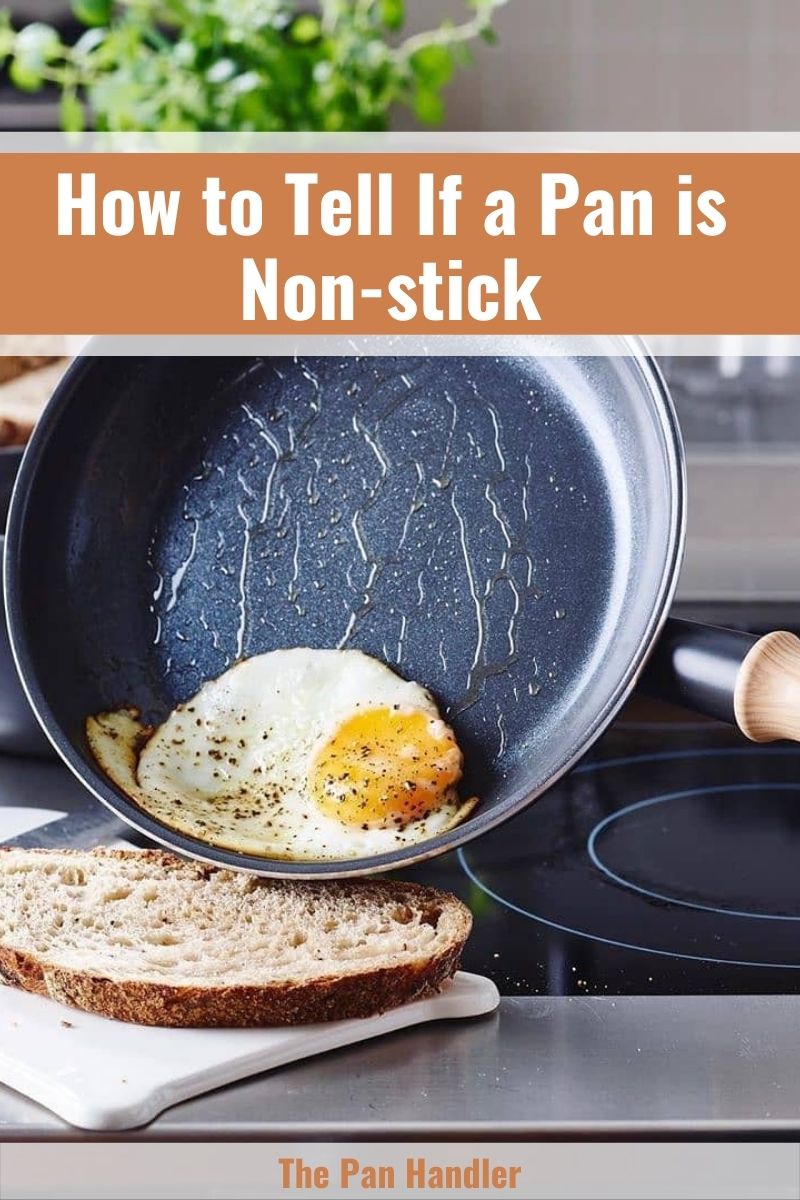Pans have been needed in every household for quite some time now. Whether it’s a non-stick pan or not, it was a necessity. However, many people prefer non-stick pans over regular ones, and so it’s essential to know how to tell if a pan is non-stick or not, especially when shopping.
Non-stick Pans
As years passed by, non-stick pans made a name for themselves. They are easy to use, pretty much just like a normal pan, but better, especially when you want easy cleaning. A non-stick surface is engineered to make a certain surface less vulnerable and even resistant to things sticking to it. Cookwares that have non-stick surfaces are usually coated with polytetrafluoroethylene.
As time passes by and as the market gets bigger and the demand for non-stick cookware increases, non-stick cookware has a lot of improvements and changes. Today, coatings like anodized aluminium, enameled cast iron, silica, and seasoned cookware are also available.
Telling Non-Stick Pans Apart
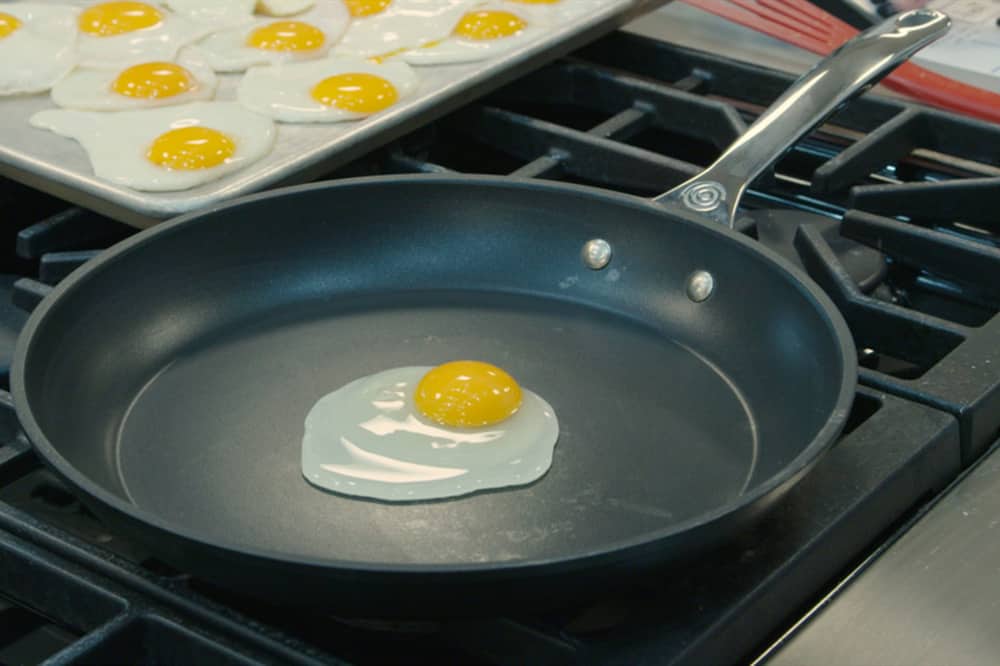
Upon purchase, buyers would usually know whether a pan is non-stick or not. However, after you’ve made your purchase, you should double-check to see if it’s nonstick. At times, some people fail to ask their seller or even identify a pan after purchase.
Others can be deceived into buying a normal pan, which is remarked as non-stick. For these reasons, it’s more useful to learn how to identify a non-stick pan firsthand.
Dark gray coating and shiny exterior
The first thing you will notice about a non-stick pan is its gray coating inside. In addition, the metal outside should be shiny. This is a very common theme in almost every non-stick pan, so it would be the easiest way to identify one. [What Is a Dark Coated Pan?]
Smooth surface
Another feature to spot is the shininess of the pan. Most non-stick pans are going to be shiny, smooth, and void of scratches when you buy them. When non-stick pans are touched, they will be smooth, even, and never dull or dry, unlike normal pans that tend to be uneven or grainy when touched.
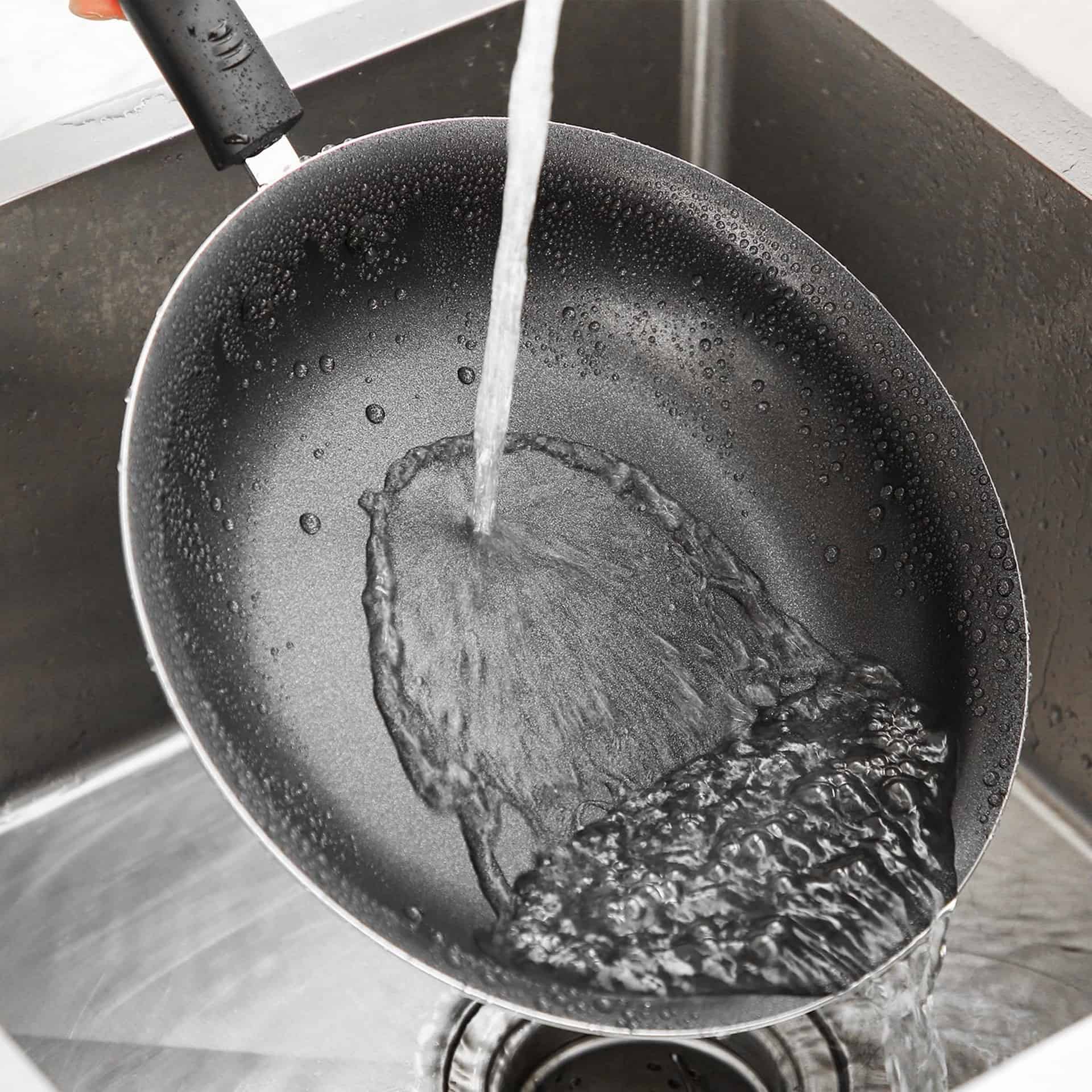
Difference in weight (lighter)
Compared to other materials like cast iron, non-stick pans are lighter in weight. This is because they are made out of a lighter material called aluminum and then coated with teflon.
Non-stick tags
When you go to a store or shop online, pans are usually labeled “non-stick” if they are. If you can’t see any tag, you can always ask the person in charge and they will direct you to their non-stick pans and probably teach you some hacks to distinguish non-stick pans from normal ones. [4 Ways to Make Your Non-Stick Pans Non-Stick Again]
Advantages and Disadvantages of Using Non-stick Pans
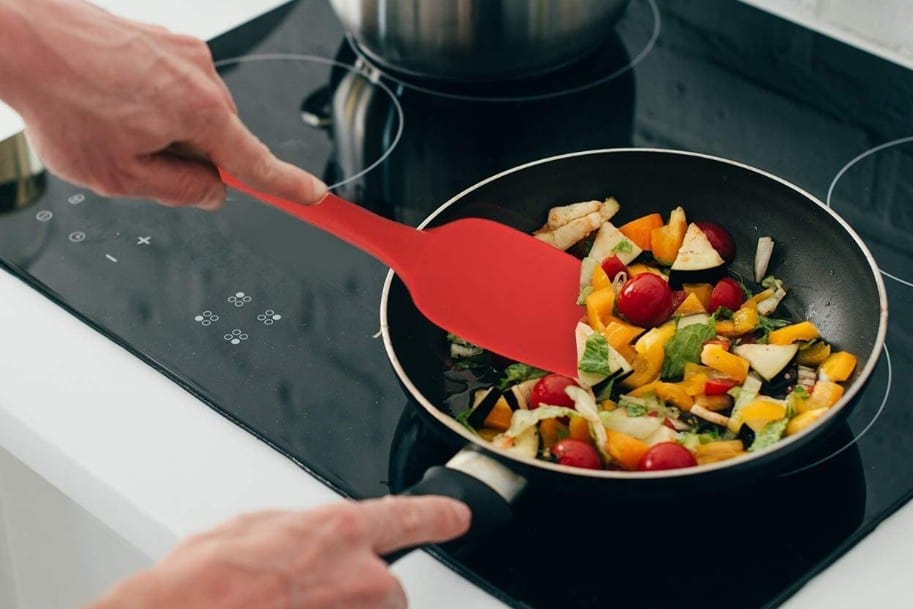
In every type of cookware out there, there are always pros and cons. The differences can range from material, size, budget, and many more things depending on the buyer and user.
Advantages
- Cost-effective – Non-stick pans, typically made of aluminum, are cheaper than those made of copper or stainless steel.
- Lower burn risk – Using non-stick pans at low to medium heat reduces the chance of burning food and protects the Teflon coating.
- Easy to clean – Food residue, if any, can be easily removed from non-stick pans, making the cleaning process simpler.
- Requires less oil – Non-stick technology minimizes the need for oil, making meals healthier.
- Convenience for busy people – Non-stick pans, due to their slow and even heat distribution, require less attention, making them ideal for those with busy schedules.
Disadvantages
- Can be very vulnerable to damage – In cleaning or scooping food from the pan, you are not allowed to use metal utensils or scouring pans as this may scratch the non-stick surface.
- Cannot be used in high temperatures – Extreme heat can also melt the non-stick coating.
- Limited movement – Non-stick pans are only advised to be used on stovetops and not inside ovens.
- Non-stick pans are also not advisable for caramelization.
- Non-stick pans are not dishwasher safe. It’s important to avoid hard and sharp materials.
Things to Remember When Using Non-stick Pans
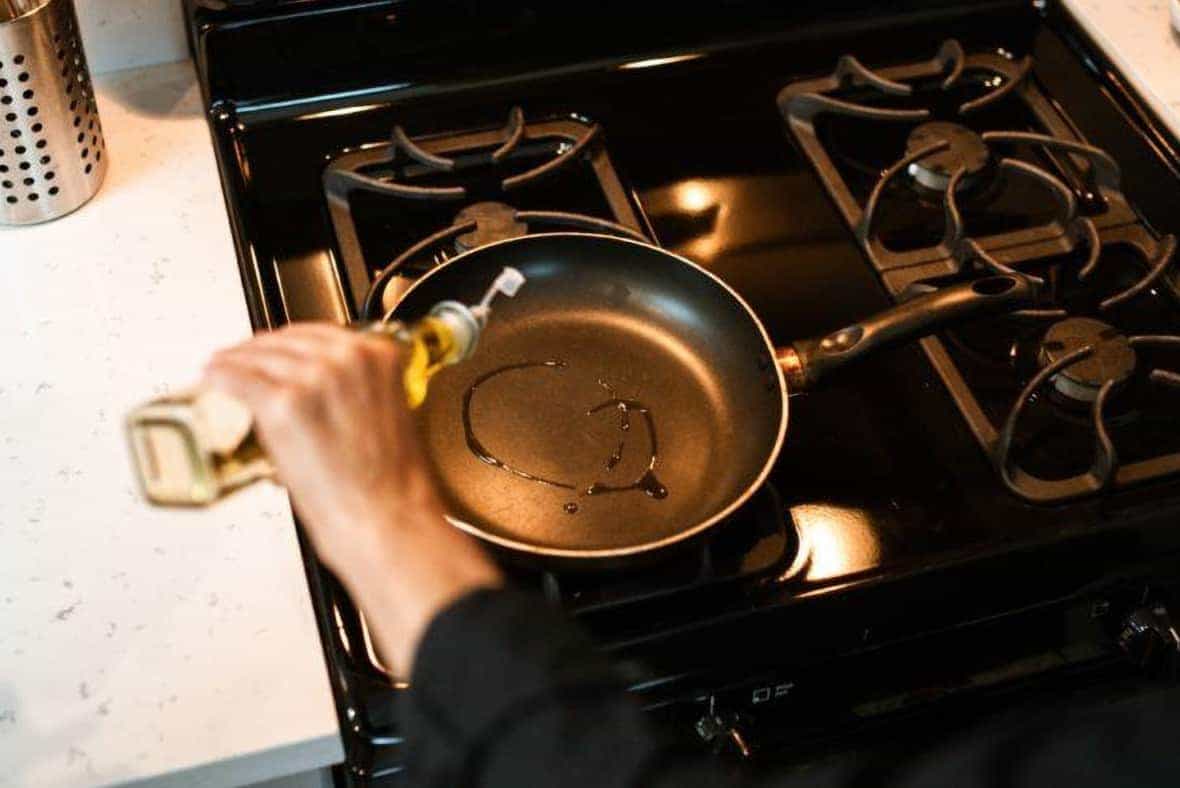
Do not preheat an empty pan
When heated from the inside, non-stick pans can reach an insane level of temperature in just minutes. This can further be a cause of overheating, and as mentioned earlier, it’s not advisable for non-stick pans to get heated on high.
Good ventilation
Making sure that your kitchen has ample ventilation is non-negotiable. It is one of the most important safety measures. Make it a habit to open the windows, switch the exhaust pan, and just make sure the kitchen has good ventilation before even starting the cooking process.
Use wooden, plastic, or silicone utensils
When handling food directly from a non-stick pan, always remember that you need to keep your surface safe from scratching. Using metal, aluminum, or steel utensils can be harsh on the surface and cause scratches even if you don’t intend it. Thus, when scooping up food from non-stick pans, the best utensils to use are those made of silicon, plastic, or wood.
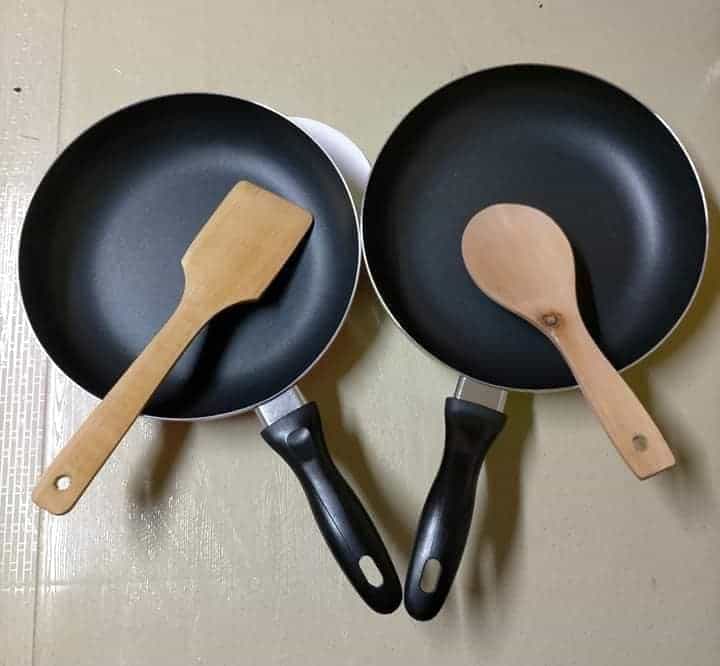
Choose the heavier pan (most of the time)
Before making a choice as to what non-stick pan you are going to purchase, it’s recommended to choose the heavier pan. The lighter the weight of the pans, the faster they heat up. You would want something that heats up slowly. This being said, a heavier cookware set will be worth the investment.
Do not cook at high heat
You might get this reminder every now and then, but it’s one of the limitations of non-stick pans. There’s also nothing to worry about cooking on medium or low too, because non-stick pans distribute heat evenly and effectively. High heat can also melt or damage the coating.
Gentle wash
Just as these pans are not advisable for steel, metal, and other harsher materials, you are not encouraged to use scouring pads or any harsh material when washing. Hand washing is usually enough for non-stick pans as they are easy to clean. Use a soft material when cleaning the inside of the pan.
Things to Consider When Buying Non-stick Pans
Before purchasing anything, it’s important to take note of the key things to consider when buying a specific product. For non-stick pans, especially if it’s your first time purchasing, you might want to search and read about how they look, and their common characteristics, and decide on which product you would go with. Depending on the list of choices available.
Safety: Always choose safety
Safety comes first, especially when purchasing kitchenware. In any situation, safety is paramount. It’s smart not to compromise safety by choosing looks first. Some non-stick products contain the harmful chemical PFOA.
Make sure that the non-stick pan you purchase is marked PFOA-free, or ask someone more knowledgeable. It’s essential to look at the tags and the manufacturing materials involved.
Construction: Pan Construction
Both the materials and processes involved greatly contribute to the quality of the pan. This is why you might want to know the details behind their construction, like the materials used and the processes involved. It’s recommended to look for a non-stick pan that’s made from at least 5-ply metal cladding.
These types of pans are made to endure and deliver quality performance. It’s good to keep an eye out for products that are sold at a lower price and are of lower quality. Most of these are not cladded, which results in uneven heating and overall poor performance and durability.
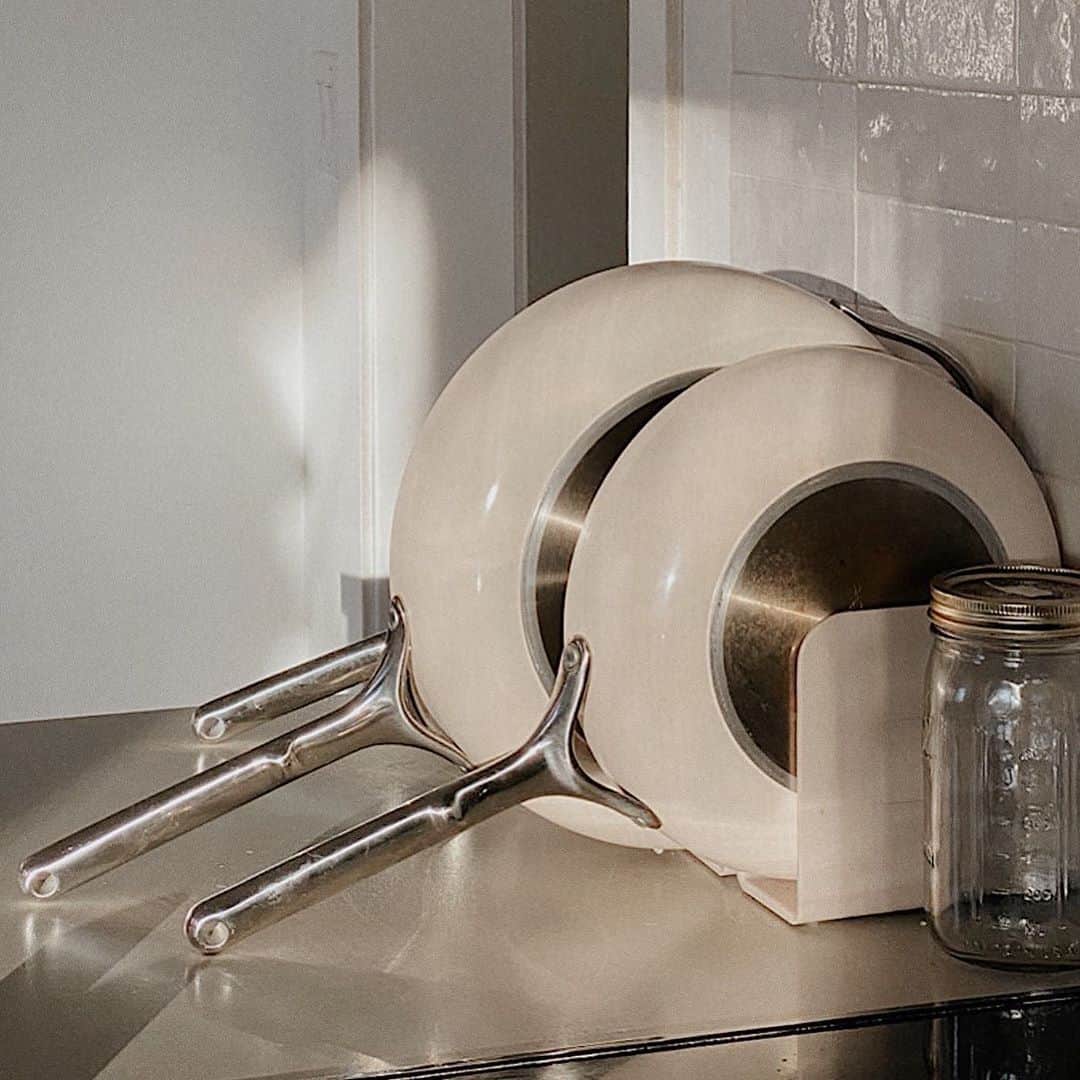
Function
When purchasing non-stick pans, it’s important that they meet your requirements and will be able to help you do whatever it is you want inside the kitchen. Cooking can be very personal, so it would be best if the pans you choose function well according to your needs.
Durability
When you purchase something, especially in cooking, it’s important that you choose something durable so you can use it for a long time and it will be worth your time.
Value
It’s a non-negotiable that if you want better pan quality, you will need to pay a little more. However, if you are good at choosing, you might get more value than you spent. Usually, when buying pans at higher prices, you get more value than what you’ve spent.
Summary
In choosing a non-stick pan, you first need to know how to tell if a pan is non-stick. This way, you would know what to choose and not waste money on the wrong thing. Knowing how to tell the difference between nonstick and regular pans speeds up the purchasing process.
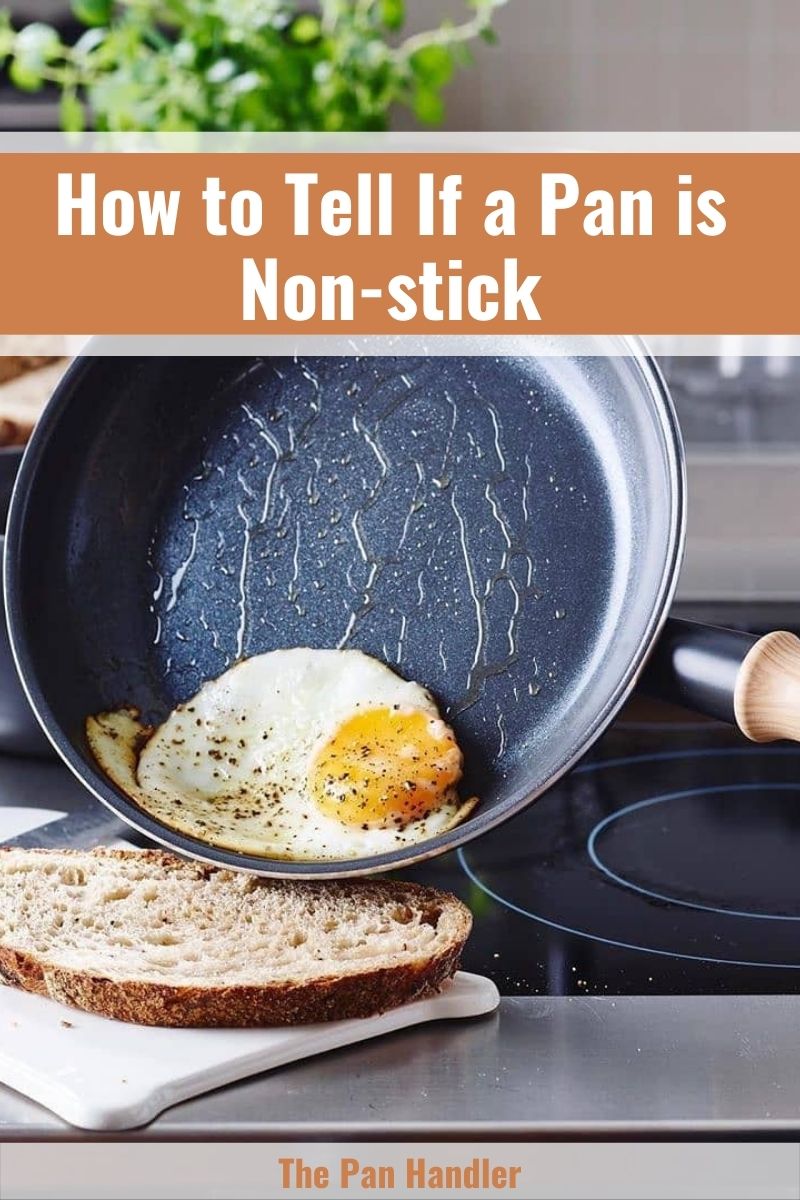

Michael Johnson is the founder of Pan Mastery, Inspired by his blacksmith grandfather’s legacy has a deep appreciation for hand-crafted pots and pans, he provides invaluable guides, reviews, and recipes to enhance your culinary journey.

